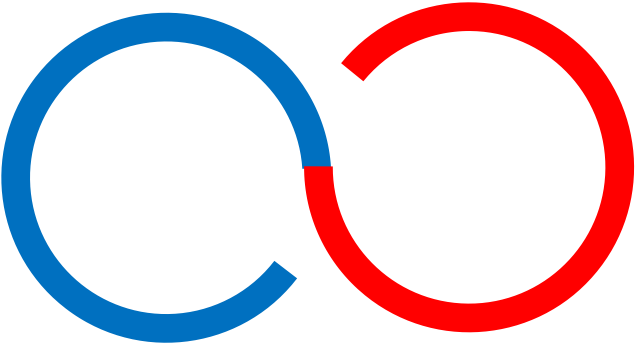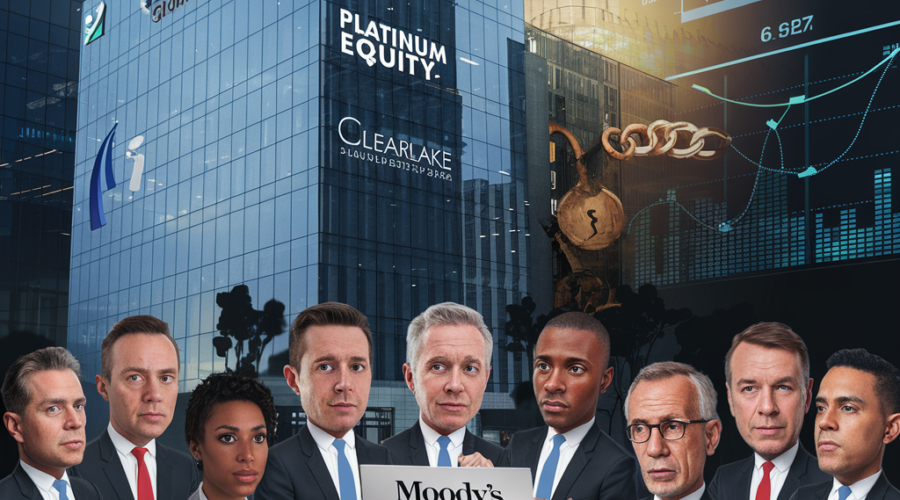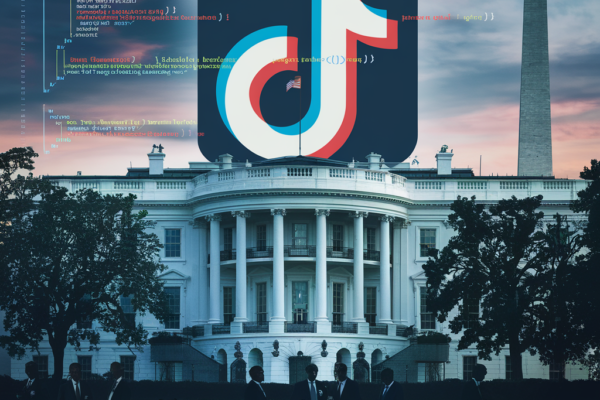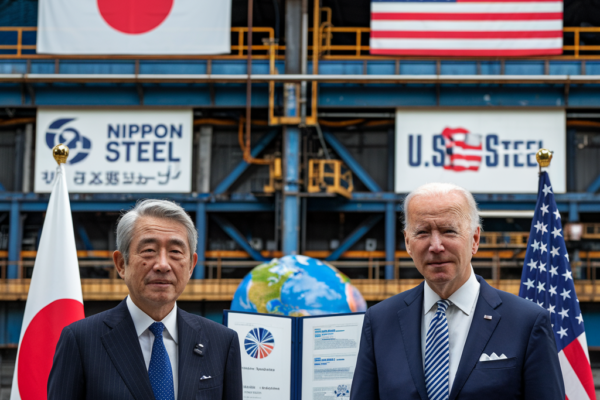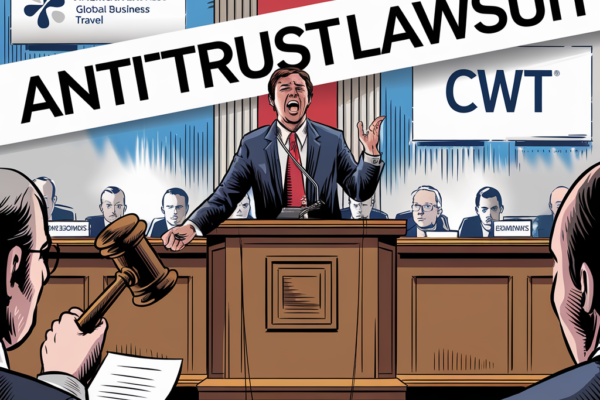- Alarming Default Rates: Private equity-backed firms faced a 17% default rate from Jan 2022 to Aug 2023, nearly double the 9% rate for non-PE firms.
- Top Sponsors Impacted: Major PE sponsors like Platinum Equity, Apollo, and Clearlake Capital exhibited higher default rates, reflecting industry challenges.
- Leverage Ratios Exacerbate Risk: Firms with higher leverage ratios, such as Platinum Equity and Clearlake, faced amplified financial stress amid rising interest rates.
- Strategic Debt Restructuring: To mitigate cash flow issues, PE firms increasingly turned to distressed debt exchanges and private credit structures.
- Historical Context: Economic downturns like the 2008 crisis have previously led to spikes in PE defaults, underscoring prudent financial management.
- Varied Sponsor Responses: While some PE firms acknowledged challenges, others retreated from public debt markets to negotiate better private credit terms.
- Future Implications: Sustained high rates, recessions, or regulatory changes could further impact PE default rates, necessitating strategic risk assessments.
- Investor Scrutiny Heightened: Investors must closely evaluate PE firms’ financial health, practices, and qualitative factors to manage risk exposure.
- Regulatory Considerations: Moody’s findings may prompt regulatory bodies to further scrutinize PE firms’ financial practices and leverage levels.
- Industry Outlook: As defaults rise, PE firms must prioritize robust financial management, strategic diversification, and innovative financing to mitigate future risks.
References
- Moody’s Reports Higher Default Rates Among PE-Backed Firms
- Default and Migration Rates for Private Equity-Sponsored Issuers
- Mergers&Acquisitions on X: “Companies owned by private equity …”
- PE-Backed Firms Suffering Higher Default Rates, Moody’s Says
- Private equity groups’ assets struggling under hefty debt loads …
